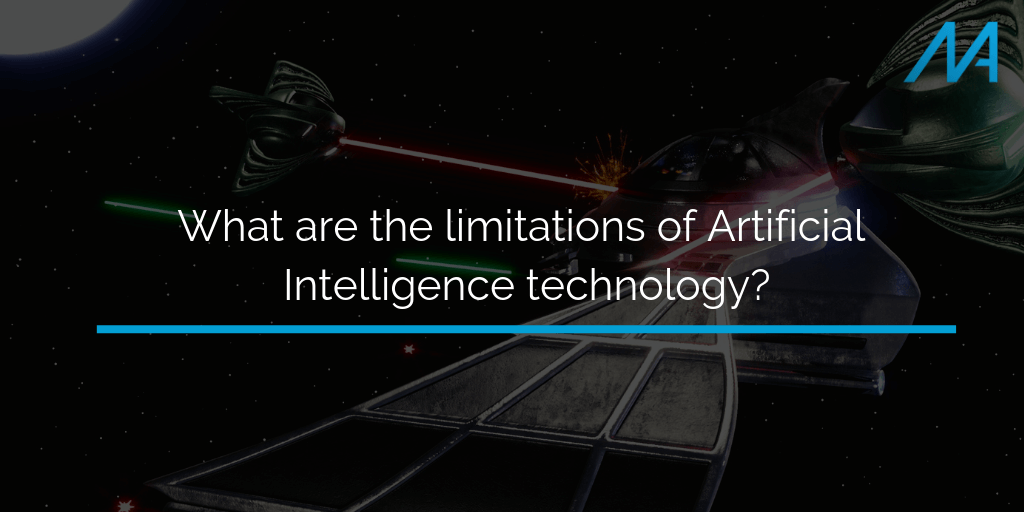
What are the limitations of Artificial Intelligence technology?
21 Mar, 20185 minsAI is undoubtedly taking the business world by storm, as my previous article explored i...

AI is undoubtedly taking the business world by storm, as my previous article explored in detail. China, we explored, was (and is) doing a sterling job of driving the industry forward from the private sector, whilst in the US, we see the majority of innovation coming from its private sector.
So, while there are clear business benefits integrating the use of Artificial Intelligence (AI) and Machine Learning (ML) technologies, there are, currently, significant drawbacks to its use. As I noted in the inaugural article of the series, AI is one area where ‘oversold and underdelivered’ is writ large – many of the innovations peddled simply do not exist yet.
Of those stratgems in play today, however, there are a series of drawbacks. So what are the solutions to these limitations, and how can AI be provided a clear path to success?
Human perception
As with the luddites of yore, destroying machinery to forestall the industrial revolution and secure their jobs, human perception is one of the biggest challenges facing AI technology today. Despite the fact that the global population of 1811 (991m) has now grown by 766,802% to the 7.6bn we see today, we remarkably don’t have a 991m job limit.
Human perception, therefore, must first change to accept that AI will not be removing the number of jobs available – merely redistributing them to areas where human creativity and intellect can be better utilised.
Interoperability with existing processes
Many industries are currently struggling to keep up with the digitalisation movement – healthcare in particular. With the entirety of a database, as with the NHS, still based on paper records, how then can AI take the big data available and turn it towards business intelligence? A significant issue with AI technology adoption today is the fact that many businesses are simply not ready to, or even capable of, making the most use of it.
Within manufacturing, we see productivity tools brought about to streamline processes, but many factories insist on sweating their assets to the point of failure. With AI, the process of uptake may well be no different.
A lack of creative function
Despite being heralded as both the end of the world and the saviour of modern life as we know it (albeit by different ends of the spectrum), AI currently exists as a tool above all else. A hammer, combined with potential energy, will fall on a nail and knock that nail into place. AI follows the same principles and when combined with clever programming, it will perform the task it has been designed to do. Any creativity within this technology only stems from the creativity of its creator.
As a tool, however, AI is an intensely useful service – removing the burden of administrative or repetitive tasks. For its true benefit to become apparent, however, it must be combined with human knowledge and experience - at least until China completes their Quantum AI project.
Overall, AI has the potential to be the biggest ever force of change for global business. But for this change to be made a reality, the product that’s being sold needs to compare to the realities of what’s on offer. It’s important to bear in mind that while those at the forefront of technological innovation will, naturally, be the first to integrate it, it will take some time after that for the remainder of the world to catch up.
What’s clear is that the success of AI is up to the creators, the marketers and the early adopters. To make the most of this new technology, those at the forefront need to push through the apparent limitations and create some real-world use scenarios.
